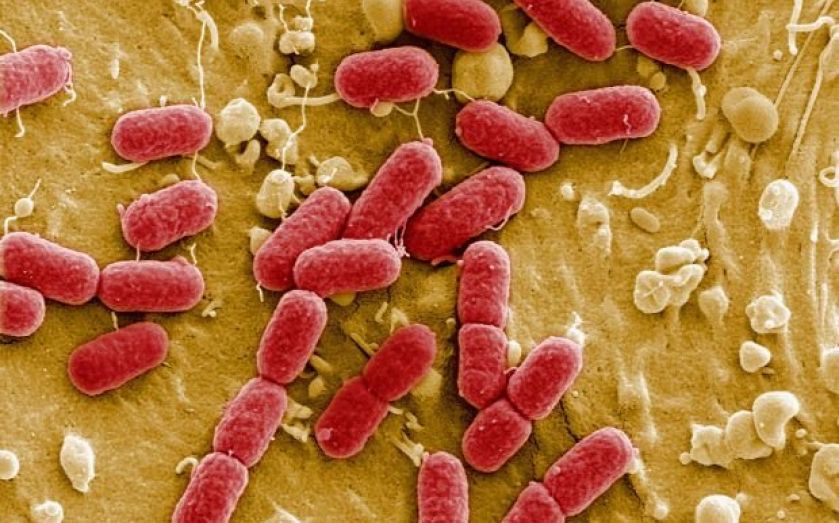Why governments, not pharmaceutical firms, will benefit most from the discovery of new antibiotic Taixobactin

Earlier this week, scientists in the US made a discovery capable of transforming the pharmaceutical industry's approach to antibiotics.
While screening 10,000 bacterial strains from a sample of soil, they found an antimicrobial called Taixobactin. Experimentation showed harmful bacteria were not immune to this toxin, which means it could provide the answer to the growing problem of antibiotic resistance.
According to the Centers for Disease Control and Prevention, in the US alone there are two million illnesses and 23,000 deaths each year because of resistance to antibiotics, and nothing new has been developed to tackle this problem in 30 years.
But this stall in antibiotic research by pharmaceutical companies could be about to end, according to investment analyst Ketan Patel.
“The large pharmaceutical companies haven’t shown much interest in this area for decades,” he told City A.M. in an interview. “The discovery of Teixobactin should lead to renewed interest in this area.”
But there has been so little activity in the area if antibiotic development for so long, it's unclear which pharmaceutical companies will be the main players in this field.
“The intellectual property is tightly held at the moment,” explained Patel. “The larger pharma companies will be looking at the work done by the research team with a view to developing their own range of candidates, but this will be highly dependent on how the intellectual property is managed.”
The bodies set to benefit most from the discovery, however, are not private firms but governments – the ones pumping most money into research for solutions to antibiotic resistance.
“The need to research antibiotic resistance is still an important area supported by governments,” said Patel. “Treating patients more effectively will help lower costs, and even more so with government budgets coming under increasing pressure.”
STILL A LONG WAY TO GO
There are reasons to put our optimism on hold. According to Laura Piddock, professor of microbiology at Birmingham University, it will be a long time before any antibiotics are actually prescribed.
“Turning an antibiotic that works in the test tube into a drug for patients will probably take at least five years,” she said, adding that we are also “assuming this can be done”, since there is a risk that it won't be economically feasible.
“This is the stumbling point for many antibiotics, and developing Teixobactin into a drug that is safe and works in people will cost money, many millions of pounds,” she said.
If all goes according to plan, the first stage in Taixobactin's development will be testing on animals, before moving onto human subjects much further down the road.